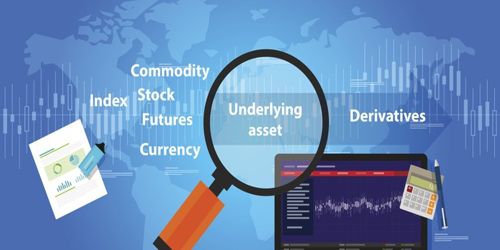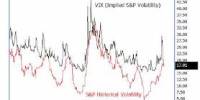The concept of Derivative Securities and Underlying Assets
A derivative is a financial security with a value that is reliant upon or derived from an underlying asset or group of assets. The underlying asset is a term used in derivatives trading. Options are an example of a derivative. Let us assume that the price of the agricultural product ‘X’ is $ 10,000 a ton in the market. You have contracted to purchase 100 tons at the rate of $ 9,500 per ton from the producer of that product. Now you can make a profit on the sale of every ton of ‘X’. Your total profit will be $ 50,000. Alternatively, the value of the agreement with the producer is worth for $50,000.
In this example, the product ‘X” is an underlying asset and the agreement with the producer is the derivative securities. In the same manner, the contract can be made to purchase a specified number of financial assets at a specified price within the predetermined time period. For example, you can promise to purchase 100 shares of Standard Chartered Bank Limited at $ 3,000 a share by July 2010 to your friend or you can promise to sell 100 shares at $ 2,950. The value of your promise to your friend and yourself depends on the market price of the share.
Here, the share of the bank is an underlying asset and the promise that you make is the derivative security (an asset derived from an underlying asset). We can conceptualize now that derivatives are the assets derived from other assets and in general, the value of such an asset depends on the market price of the underlying assets.
The underlying is a fundamental concept in derivatives trading because it allows investors to speculate risk and purchase options to limit the downside risk of future stock price movements. Now we can define the derivatives. They are financial contracts whose value is linked to the price of an underlying commodity, asset, rate index or occurrence or magnitude of an event. Thus, this term is used to refer to the set of financial instruments that include futures, forwards, options, warrants, convertible and swaps.
Information Source:
















